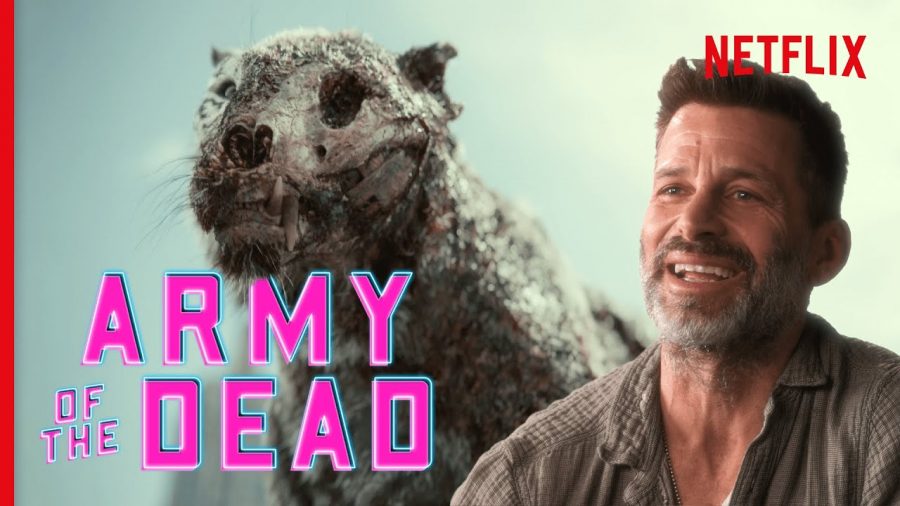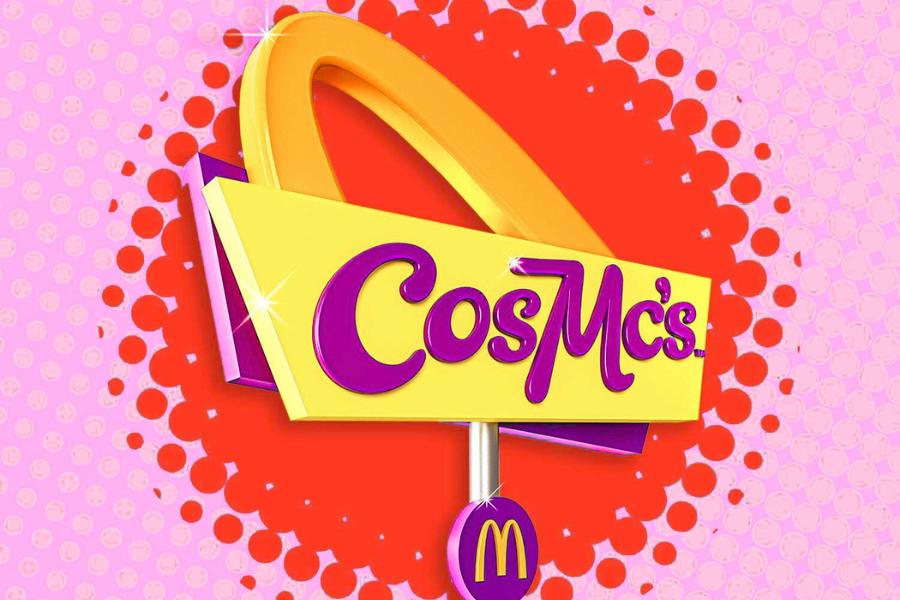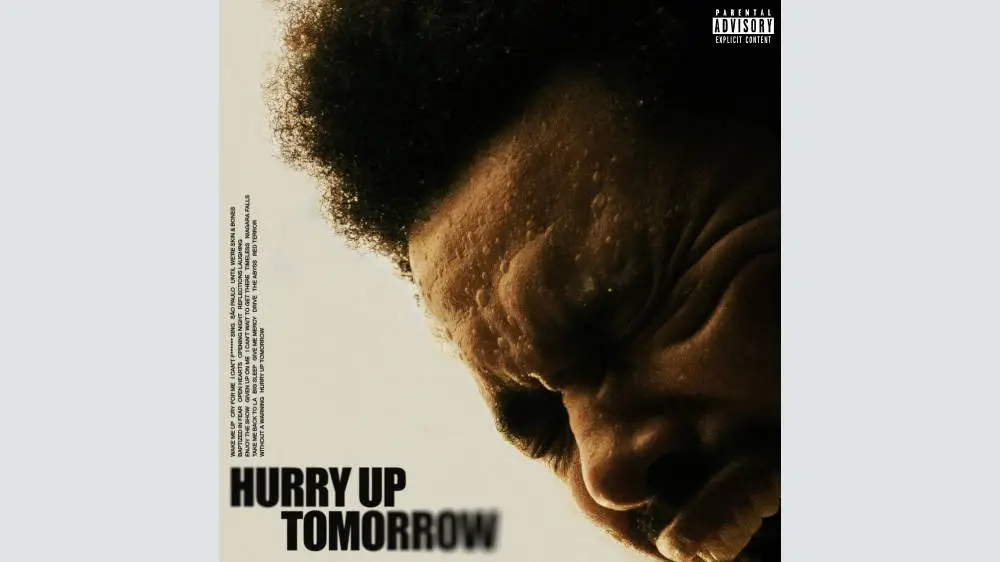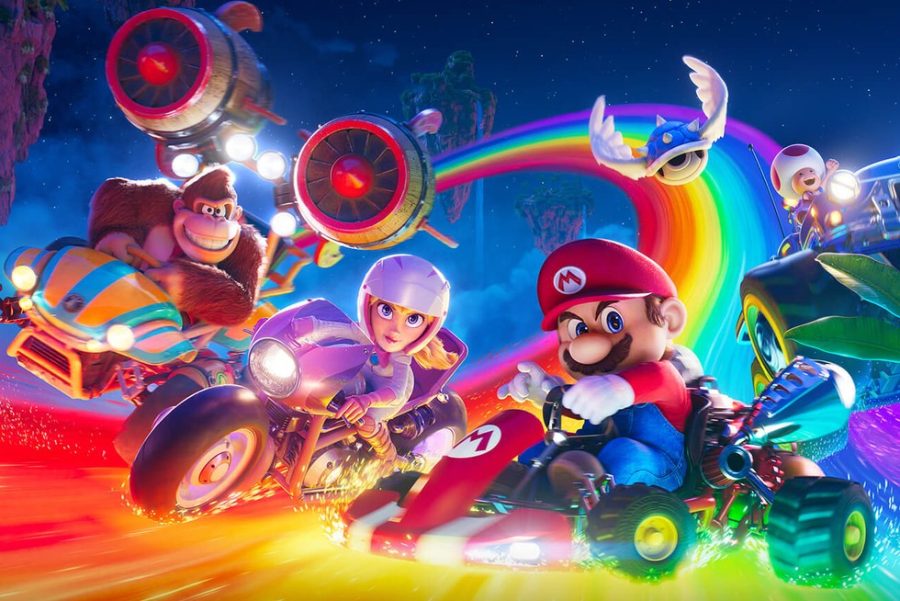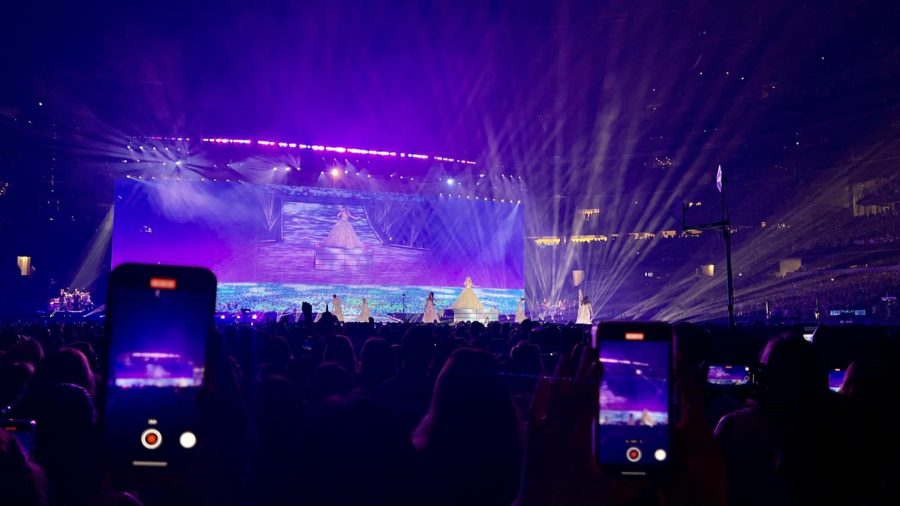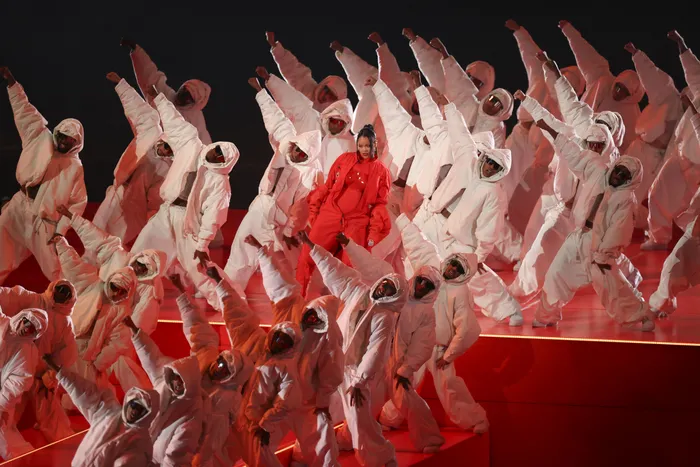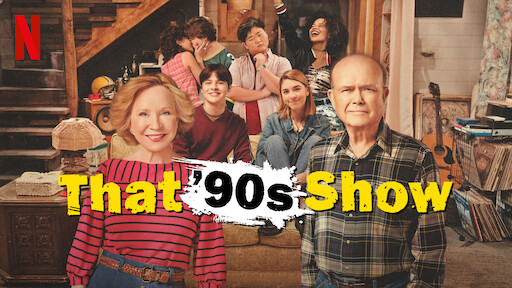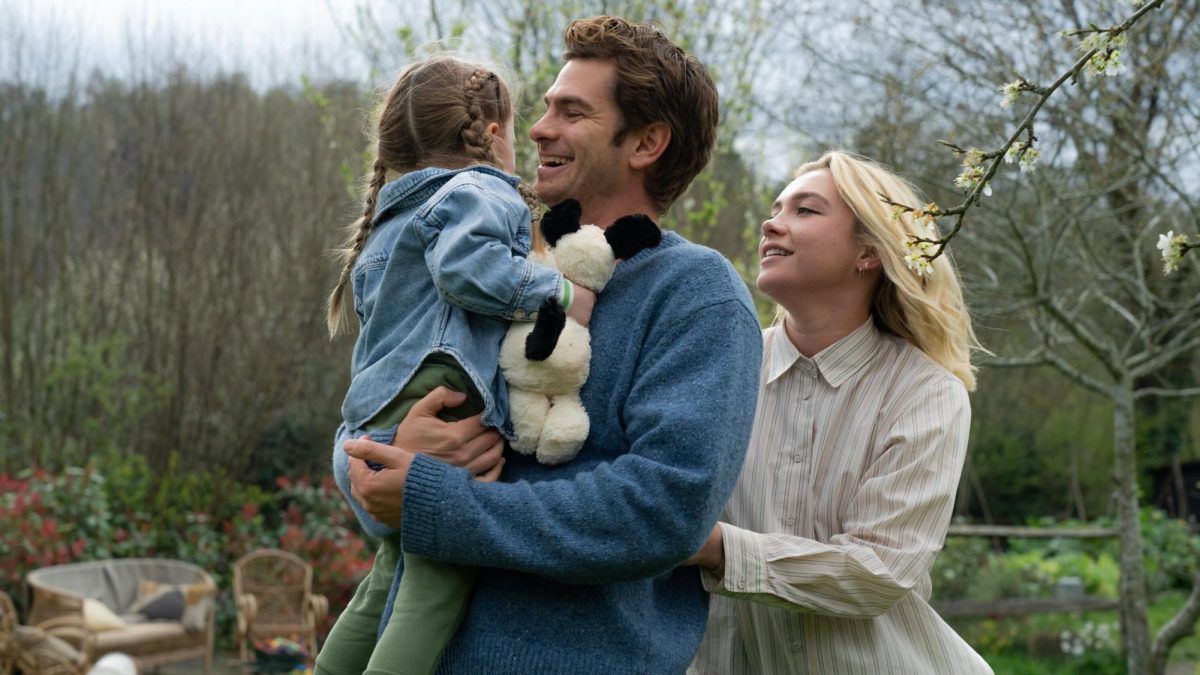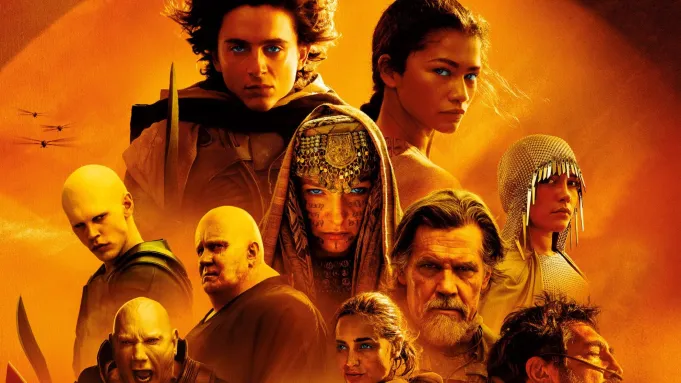In an industry where creativity resigns king, it’s difficult to concoct a premise for film that isn’t just unique, but the mere thought of it intrigues audiences across preferences. Such is the case for director Zack Snyder’s latest marathon “Army of the Dead,” which combines the classic bank heist plotline with elements found in war films, all behind the backdrop of the fan-favorite zombie genre. While the idea itself is magnetizing enough, certain execution decisions within the film are questionable, and only come off as a positive to those who enjoy Snyder’s specific style of cinematography. It’s a movie that has absolute star power, but manages to lose a bit of steam with every unneeded scene, while being somewhat gripping to the very end.
The film starts off with one of the best opening sequences of the past decade, with the uncanny music, the slow-mo action, and the camera work all harmonizing as devilishly melodic. Snyder absolutely nails the backstory for the movie with just visuals and music, explaining how the zombies infested Las Vegas, how barriers were constructed, and prefaced the sort of violence to be expected later in the story. It starts the film beautifully and is perhaps the high point of the entire movie, as no other scene seemed to reach the same aura as the first one.
The cast list is also introduced in the opening, and while there are no notable stars in the list, a few familiar faces are present, and each character embodies a specific archetype that the actor/actress fits perfectly. Like many Snyder films, each character looks like they’ve been plucked straight out of a comic book, with overly exaggerated personalities and appearances that fit their role. There’s the nerdy bank cracker Ludwig () that is never really prepared for a zombie onslaught, the sarcastic and cynical pilot Marianne (Tig Notaro) who radiates bravado, the charismatic, chainsaw-wheeling Van Der Rohe (Omari Hardwick), as well as a collection of other characters that round out the heist crew.
While each character is overtly unique and simply fun to look at, their comic-book exaggerations force them to deviate from having emotional responses and even connections with other characters. Whenever subtle relationships are being formed in the movie, Snyder ends it abruptly in place for shock value, so each character’s future seems to be in constant jeopardy. This decision makes it difficult for audiences to become attached to characters for long, even though each one is magnetizing in their own way. This results in an incredibly thin supporting cast, with characters being extremely one-dimensional and shallow. Their pasts are briefly alluded to but place no effect on their character, and their future seems to be non-existent. Simply put, it’s difficult to place any true motivation behind any characters causing a disconnect between them and the story.
The only character who was designed to transcend this pattern is the main character Ward, played by Dave Bautista. Best known for his role as Drax the Destroyer in the Marvel franchise, Bautista displays a surprising emotional range throughout this film, transcending his previous roles as just the action-oriented warrior. He shows emotional softness, the ability to be humorous and lighthearted, while also bringing the same intensity in moments where it’s needed. In a film that’s entirely comprised of actors and actresses who shine in supporting roles, Bautista steps up to the challenge and proves that he’s able to carry a film, which he does in every scene he’s in.
The greatest challenge to audiences, however, is learning to adapt to Snyder’s style of cinematography without it becoming an annoyance. Snyder loves to use shallow-depth focus in his cinematography, meaning characters and zombies fade in and out of focus constantly depending on how close they are to the screen. Snyder also prefers longer run times in his movies to add to suspense, but there are a multitude of scenes that unnecessarily carry on, and some scenes contain information that isn’t relevant at all. The climax towards the end drags on for an additional 10 minutes even though the conclusion was made clear, as if just to savor the moment. All in all, this is a film that can be perfectly presented within 2 hours, but manages to spread an additional half-hour throughout the film that makes the already dwindling progression feel slower.
“Army of the Dead” is a film that manages to stay engaging with the obvious flaws sprinkled throughout the film. From the thin supporting characters, to the specific style of cinematography, to the excessively long runtime, this film isn’t made for everyone, and how well it’s received largely depends on whether Snyder’s style is tolerable or not. But, the right moments are carried by Bautista, and the action found within the film isn’t disappointing at all. It’s a classic zombie movie with multiple twists that that’s still pretty fun to unwind to, while keeping you on the edge of your seat.
Rating: B-



